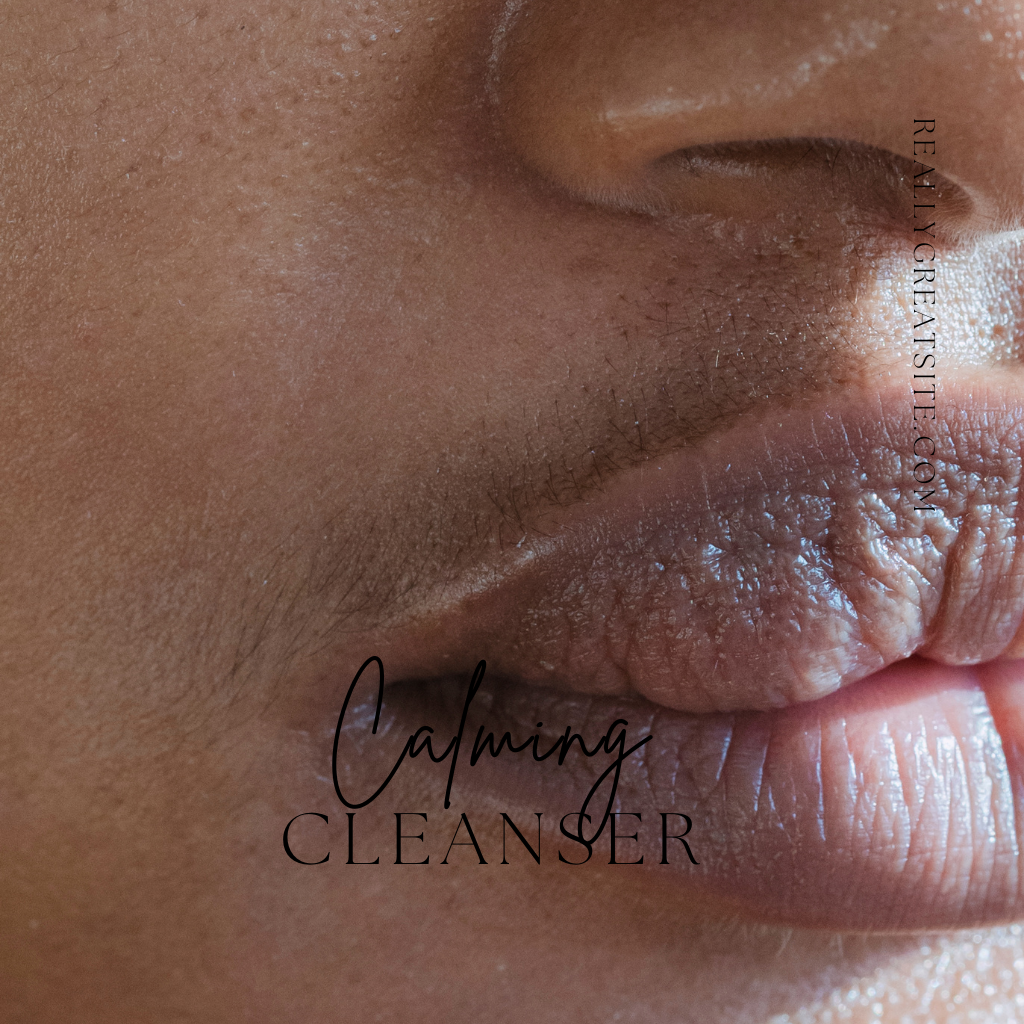
Different ways to describe skin tone
Share
Skin tone is a distinctive feature of human diversity, and finding the right words to describe this spectrum of beauty can be a delicate task. Whether you're an author looking to paint a vivid image of your characters, a makeup artist discussing palette options, or simply engaged in a descriptive conversation, having a wide array of terms can be incredibly useful. Here are various ways to describe skin tone, ensuring you can communicate with accuracy and sensitivity.
Understanding Skin Tone
Skin tone refers to the natural color of a person's skin which is determined by melanin, the pigment that gives skin its color. It's important to respect the individuality of each person's skin tone and use descriptions that reflect this uniqueness.
The Fitzpatrick Scale
The Fitzpatrick Scale is a scientific classification for human skin color, ranging from very fair (Type I) to very dark (Type VI). It's often used in dermatology to understand skin's response to UV light, but it's also a helpful reference point when discussing skin tones.
Descriptive Color Palette
by Nathan Dumlao (https://unsplash.com/@nate_dumlao)
When describing skin color, you can draw from the rich and diverse palette of colors found in nature and art. Here are some creative and accurate ways to describe various complexions:
Fair Complexions
- Porcelain
- Ivory
- Cream
- Alabaster
- Roseate
- Peachy
Medium Complexions
- Olive
- Tan
- Golden
- Honey
- Beige
- Caramel
Dark Complexions
- Bronze
- Mahogany
- Ebony
- Chocolate
- Espresso
- Walnut
Metaphorical Language
Metaphorical language can be a sensitive and evocative way to describe skin tone. Consider comparing complexion to the golden hues of a sunset, the rich tones of earth, or the gentle color of morning coffee. However, use metaphors with care and avoid clichés or comparisons that might be offensive or overused.
Textural Descriptions
Skin tone isn't just about color; it's also about texture and appearance. You might describe skin as:
- Glowing
- Luminous
- Satiny
- Velvety
- Matte
- Sun-kissed
The Power of Specificity
When describing skin tone, specificity can help create a more vivid and accurate picture. Rather than using vague or generic terms, look for descriptions that capture the unique qualities of a person's skin.
Embrace Diversity
In a world rich with diversity, it's important to embrace and celebrate the wide range of skin tones. Being mindful and educated in your descriptions not only shows respect but also enriches your language and communication.
Conclusion
Describing skin tone requires a sensitive, educated approach that respects individual diversity. Whether you're writing fiction, discussing beauty, or engaging in any form of descriptive art, having a rich vocabulary to draw from is essential. Embrace the variety of terms available, and always strive for descriptions that are as unique and beautiful as the people they represent.
Have you found other imaginative ways to describe skin tone? Share your thoughts and ideas in the comments below.
by Ramez E. Nassif (https://unsplash.com/@ramaissance)


